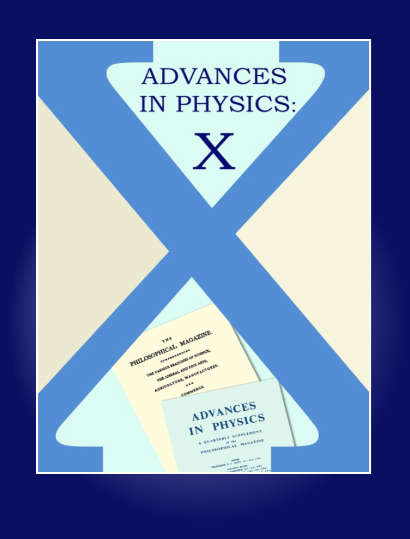光子神经网络的展望与应用
IF 10.8
2区 物理与天体物理
Q1 PHYSICS, MULTIDISCIPLINARY
引用次数: 63
摘要
神经网络通过机器学习和神经形态计算在人工智能中实现了应用。神经网络在传统计算机上的软件实现具有独立的存储器和处理器(并按顺序运行),在速度和能源效率方面受到限制。神经形态工程旨在制造处理器,其中的硬件模仿大脑中的神经元和突触,以进行分布式和并行处理。光子神经网络已经在集成平台和自由空间光学上进行了演示,具体取决于所针对的应用类别。在这里,我们讨论了这些光子神经网络的前景和演示应用。图形抽象本文章由计算机程序翻译,如有差异,请以英文原文为准。
Prospects and applications of photonic neural networks
ABSTRACT Neural networks have enabled applications in artificial intelligence through machine learning, and neuromorphic computing. Software implementations of neural networks on conventional computers that have separate memory and processor (and that operate sequentially) are limited in speed and energy efficiency. Neuromorphic engineering aims to build processors in which hardware mimics neurons and synapses in the brain for distributed and parallel processing. Neuromorphic engineering enabled by photonics (optical physics) can offer sub-nanosecond latencies and high bandwidth with low energies to extend the domain of artificial intelligence and neuromorphic computing applications to machine learning acceleration, nonlinear programming, intelligent signal processing, etc. Photonic neural networks have been demonstrated on integrated platforms and free-space optics depending on the class of applications being targeted. Here, we discuss the prospects and demonstrated applications of these photonic neural networks. Graphical Abstract
求助全文
通过发布文献求助,成功后即可免费获取论文全文。
去求助
来源期刊

Advances in Physics: X
Physics and Astronomy-General Physics and Astronomy
CiteScore
13.60
自引率
0.00%
发文量
37
审稿时长
13 weeks
期刊介绍:
Advances in Physics: X is a fully open-access journal that promotes the centrality of physics and physical measurement to modern science and technology. Advances in Physics: X aims to demonstrate the interconnectivity of physics, meaning the intellectual relationships that exist between one branch of physics and another, as well as the influence of physics across (hence the “X”) traditional boundaries into other disciplines including:
Chemistry
Materials Science
Engineering
Biology
Medicine
 求助内容:
求助内容: 应助结果提醒方式:
应助结果提醒方式:


